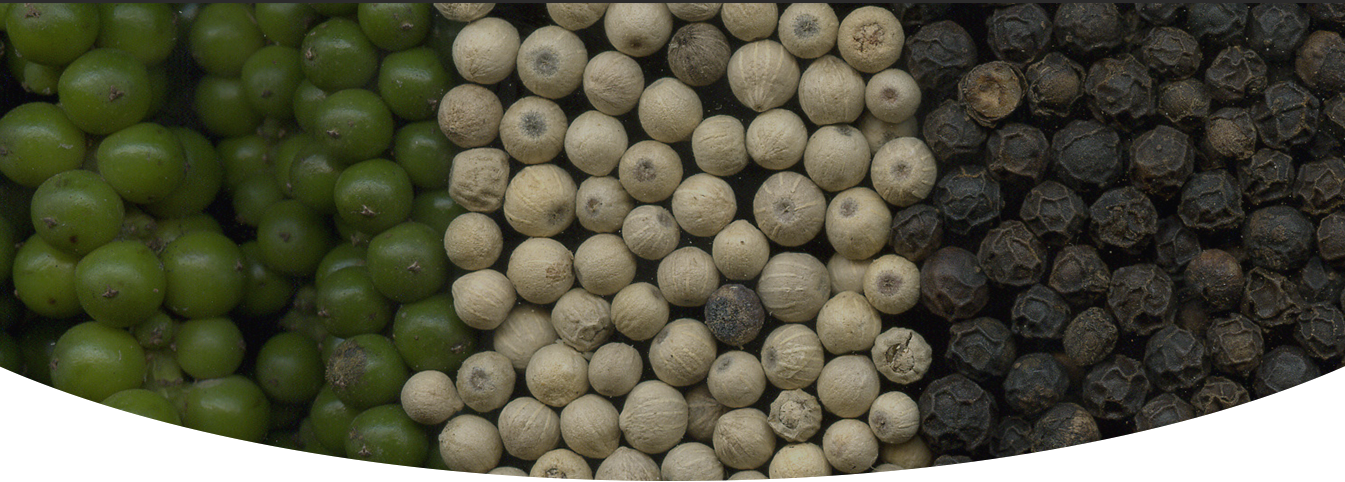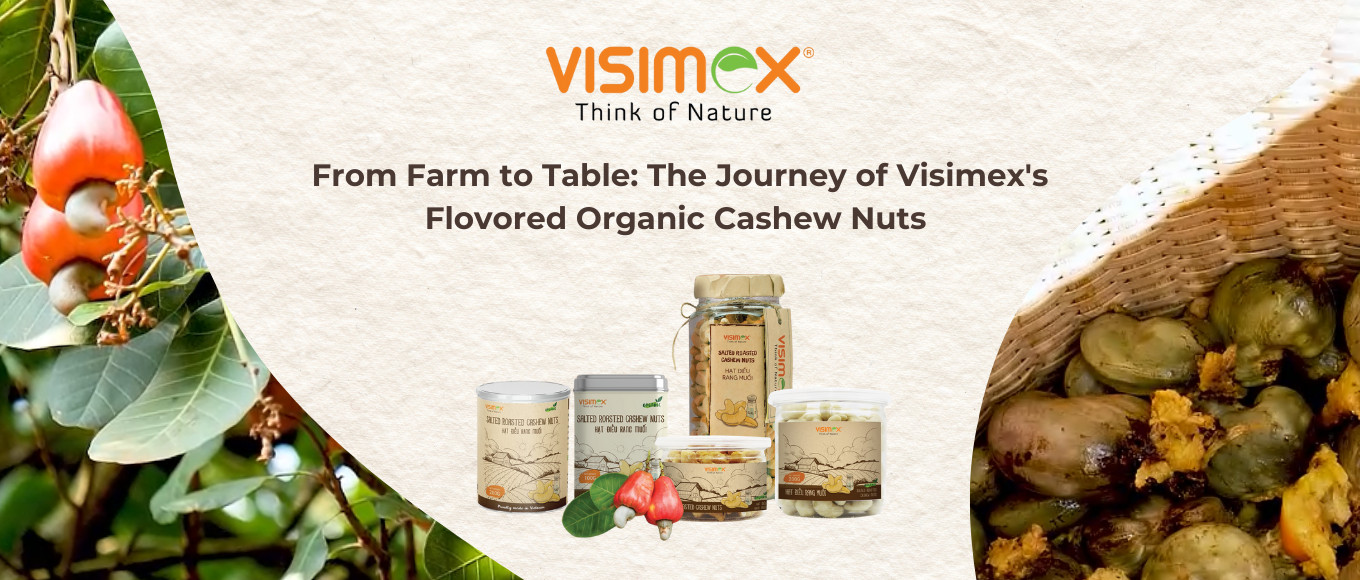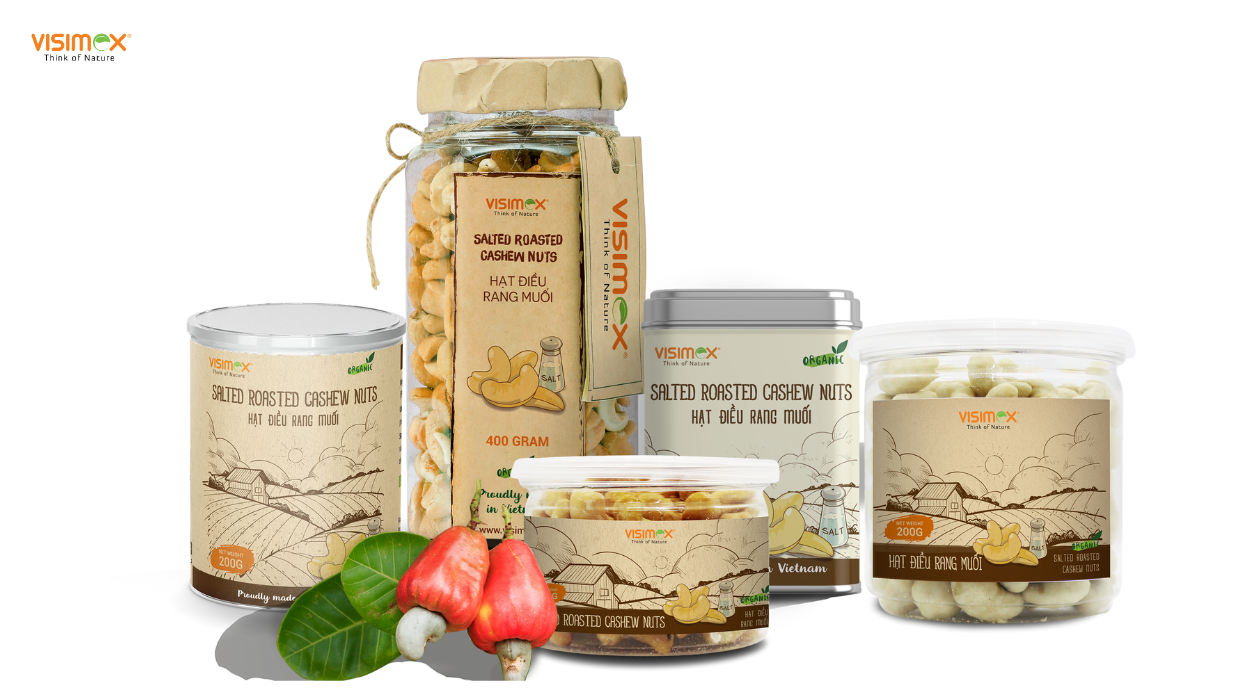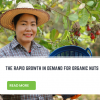Vietnamese coffee has been exported to more than 80 countries and regions, accounting for 14.2% of the global green coffee export market share, but mainly raw.
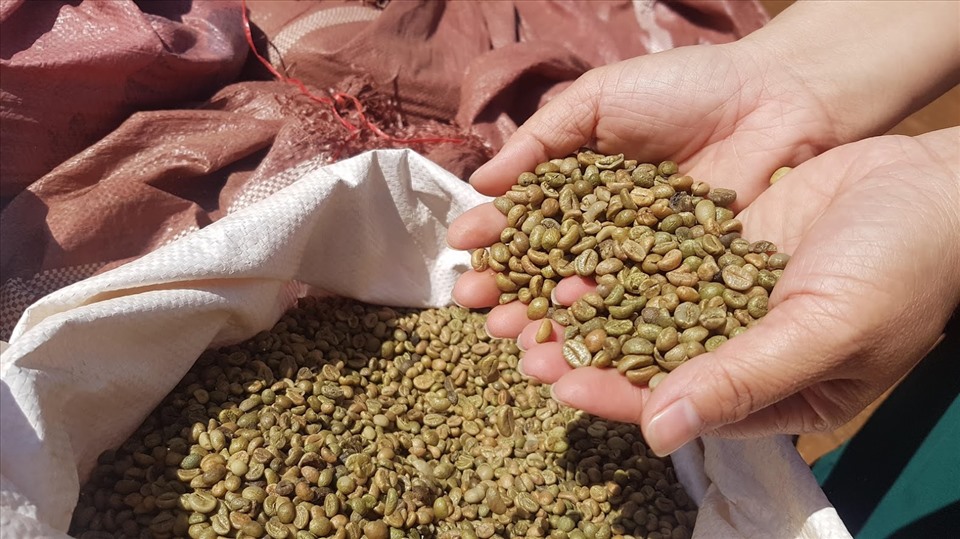
Coffee is one of six export items of over 3 billion USD/year, alongside high-value commodities such as wood and wood products, seafood, cashew nuts, rice, vegetables, rubber, etc. agricultural products with export value belong to the “top” of the agriculture and rural development sector. In 2021, despite the complicated development of the COVID-19 epidemic, Vietnam’s coffee exports still brought in over 3 billion USD, contributing to the overall growth of Vietnam’s commodity exports.
According to Mr. Nguyen Nam Hai – Standing Vice Chairman of the Vietnam Coffee and Cocoa Association (Vicofa), Vietnam’s coffee exporter is the second largest in the world, accounting for 8.3% of the global coffee export market share, only behind Brazil. The main coffee export markets of Vietnam include: Europe (EU), US, Russia, Japan, UK. In the EU market, Vietnam is the second largest coffee supplier after Brazil (22.2%), accounting for 16.1% market share in volume. In particular, in 2021, the rapid increase in world coffee prices has supported Vietnamese businesses to earn a very positive export turnover, although the number of exported coffee has decreased.
The disadvantage of high-quality coffee that is not processed deeply
Statistics show that, although it ranks second in export on the world market, it is worth mentioning that Vietnamese coffee is at a disadvantage because it is less focused on deep processing, mainly exporting raw to the world. world with low added value. According to Vicofa, the average price for a ton of processed coffee is nearly $3,600, while the price of green coffee on the floor is only about $2,400.
Vietnamese enterprises have realized this and are promoting post-processing, instead of the costly and risky export of green coffee due to the “retraction” calculation. Currently, export roasted and ground coffee has accounted for 9.1% of the market share, creating many opportunities and prospects for the coffee industry as Vietnam penetrates deeper and deeper into the international market through international markets. Free trade agreements such as CPTPP and EVFTA have been signed. In which, EU is the largest coffee consuming market, accounting for 40% of total volume and 38% of total export turnover; followed by Southeast Asia with 13%. In particular, in the Chinese market, Vietnamese coffee has accounted for more than 30% of the total coffee imports of this world’s most populous market, including green, roasted, instant, and instant coffee…
However, the amount of processed coffee exports only accounts for a small amount of the total amount of about 1.5-2 million tons of coffee exported each year. This makes Vietnamese coffee “double” disadvantaged not only in terms of export value, but also in brand name.
Mr. Nguyen Van Minh – General Director of Vietnam Coffee Corporation (Vinacafe) – said: “Vietnam’s processed coffee brand still has no place in the world market. Want to develop the coffee industry. It is necessary to go in the direction of processing, but the problem of brand development is very difficult at present because the market has too many “giants””.
Therefore, in the next 10 years, Vicofa aims to bring coffee export turnover to 5-6 billion USD, 2 times higher than the current coffee export turnover, in which coffee exports are promoted. processed with higher added value.
Mr. Nguyen Ngoc Luan – CEO of Meet More Coffee – said that on the first day of the new year, his business had signed a contract to export to the EU market 2 containers of instant processed coffee mixed with other ingredients. other agricultural products such as noni coffee, mint coffee, taro coffee, mango coffee, coconut coffee, green bean coffee. The total volume of this shipment is 24 tons, ordered by a supermarket chain based in the Czech Republic, and is expected to be distributed in the Czech, French and German markets.
This shows that deep processing helps Vietnamese coffee export sustainably and achieve higher value.




